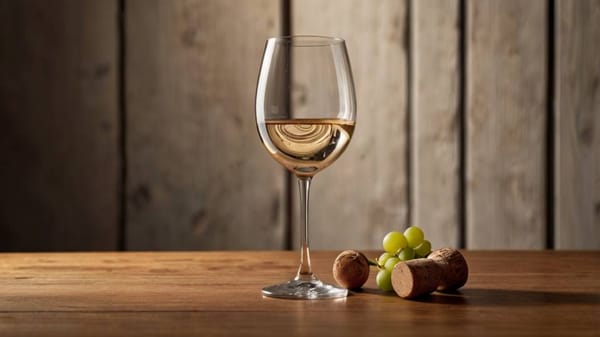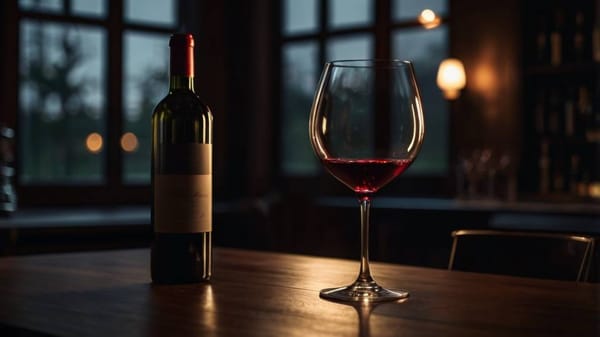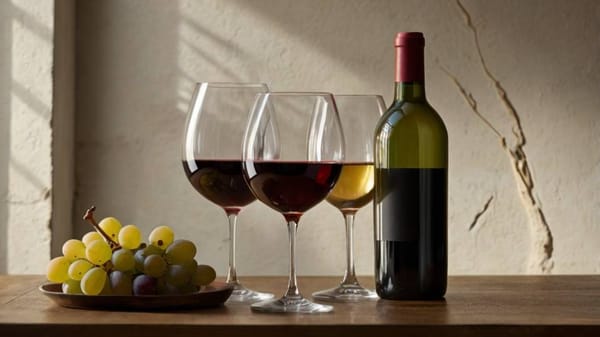Clear Bottles Don’t Mean Cheap Wine
Think clear bottles mean cheap wine? Think again. Discover what bottle color really reveals—and how to shop, sip, and learn with more confidence.
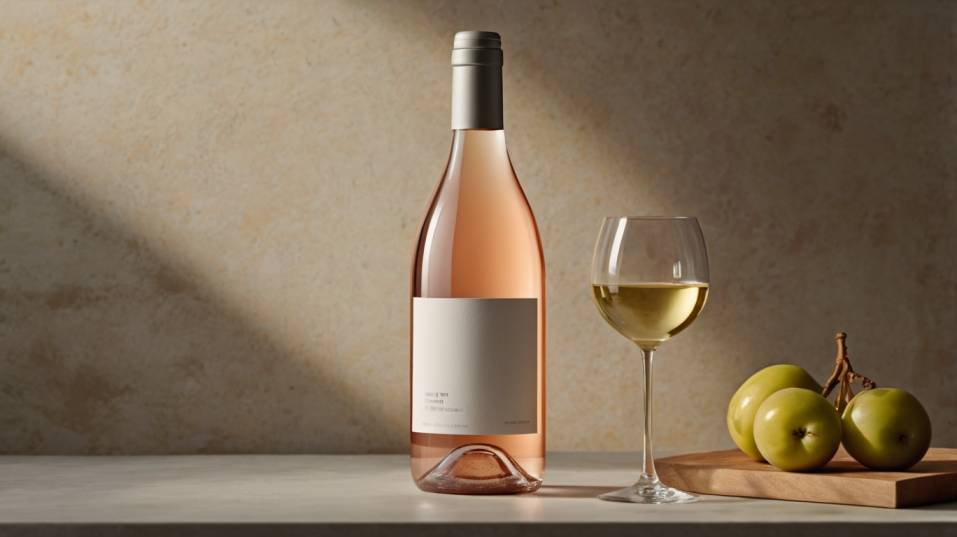
Ever judged a wine by the color of its bottle? If you’ve walked past a clear one thinking it must be cheap or careless, you’re not alone.
But that snap judgment might be holding you back. Glass color doesn’t measure quality—it signals intent. Clear bottles are more than see-through packaging.
They can reveal how a wine was made and what it wants to say. Want to taste better? Start by looking a little closer.
What Glass Color Was Meant to Do
In traditional winemaking, bottle color served a protective function. Dark green and amber glass filter UV rays that can cause premature aging, especially in wines meant to be cellared.
That’s why most fine reds and age-worthy whites are still bottled in darker glass—it’s practical, not symbolic. The glass color reduces the risk of “lightstrike,” a fault that can make a wine smell like wet cardboard or cooked cabbage.
But many wines today aren’t meant to age for years. They’re made to be drunk within a year or two of release—fresh, vibrant, full of fruit and energy.
These wines don’t need long-term protection, especially if they’re stored and shipped responsibly. For these wines, clear glass isn’t a downgrade. It’s a choice. And often, it’s a confident one.
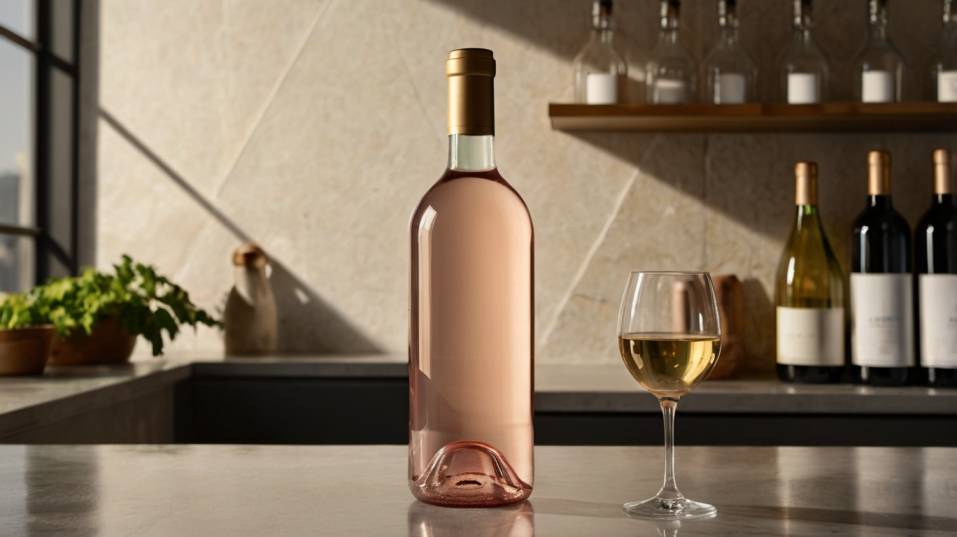
Why Some Winemakers Choose Clear Glass
Clear bottles let you see the wine as it is. That’s especially important in styles where color communicates something about the wine’s freshness, flavor profile, or craftsmanship.
Think of the subtle gradient of a Provence rosé, the shimmer of a high-acid Riesling, or the natural haze of an unfiltered pét-nat. That visual connection is part of the experience.
For winemakers working with a “nothing-to-hide” philosophy, especially those who lean toward minimal intervention or natural fermentation, a clear bottle isn’t just cosmetic. It’s a signal. It invites transparency—literally and figuratively.
These producers aren’t relying on oak, extract, or flash. They’re working with purity. A clear bottle says: look closer.
How to Read Beyond the Bottle
Of course, not all clear bottles are thoughtfully made. Just like not all dark bottles hold fine wine.
That’s why relying on the glass color alone will mislead you just as often as it might guide you. Instead, learn to spot a few subtle indicators that reflect actual quality and intention.
Start with the label. Does it list the grape variety, vintage, and region? Wines with nothing more than “white blend” or “product of Italy” might be pleasant—but probably not made with precision.
Next, look for a bottling address. A producer bottling close to the vineyard usually cares more about freshness and transport time.
And while closures can vary, a well-made screwcap or a high-quality cork suggests the wine is meant to arrive in good condition, not rushed to market.
Then consider what the wine looks like. Color isn’t everything, but it’s not nothing. A delicate, pale straw tone in a white wine often signals higher acidity and freshness.
A slight haze might indicate low filtration, which preserves aromatics and texture. A bright pink rosé often leans fruit-forward, while an onion-skin blush might suggest something leaner or more mineral-driven.
The point isn’t to obsess over glass or color. It’s to observe closely—and taste with that observation in mind.
The Wines That Wear It Well
You’ll start noticing that clear bottles show up often in wines made for clarity, tension, or immediacy. These aren’t blockbuster reds or collector’s trophies. They’re wines that speak clearly and don’t require translation.
Think:
- Coastal whites with crisp minerality
- Rosés that emphasize finesse over flash
- Aromatic varieties like Muscat or Torrontés, where visual brightness reflects the flavor profile
- Unfiltered pét-nats and minimal-intervention wines, where cloudiness is embraced, not hidden
In all of these cases, the glass isn’t an afterthought. It’s part of how the wine is meant to be experienced—visually, texturally, sensorially.
If you’ve been conditioned to associate clear bottles with cut-rate wines, it’s worth rethinking. In many of today’s most intentional wines, clear glass is a feature, not a flaw.
Better Buying, Better Tasting
Once you understand why a clear bottle might be chosen, you’ll stop treating it like a warning sign. You’ll start tasting more openly—and probably more enjoyably.
When you approach a new bottle, especially one with clear glass, bring it into the light. Study the color. Chill it thoughtfully—not too cold.
Use a proper glass, not a plastic cup. Swirl. Smell. Sip. Think about how it moves—how the acidity shows up, how the fruit lingers, how the structure holds.
You’re not just drinking. You’re practicing the art of attention. That’s how you get better—not by memorizing lists or chasing high scores, but by tasting often and noticing more.
Final Thoughts
Clear bottles don’t mean cheap wine. They mean the wine inside is being presented without disguise—no tint, no filter, no false aging potential. That’s not a shortcut. It’s an invitation to engage more directly.
So next time you browse, don’t walk past that transparent bottle. Pause. Turn it in your hand. Ask yourself why the winemaker chose it. Then take it home, chill it right, pour it slowly, and listen to what it has to say.
That’s how you build real wine confidence: by tasting with intention, one glass at a time. Start today. Let the bottle teach you something.


